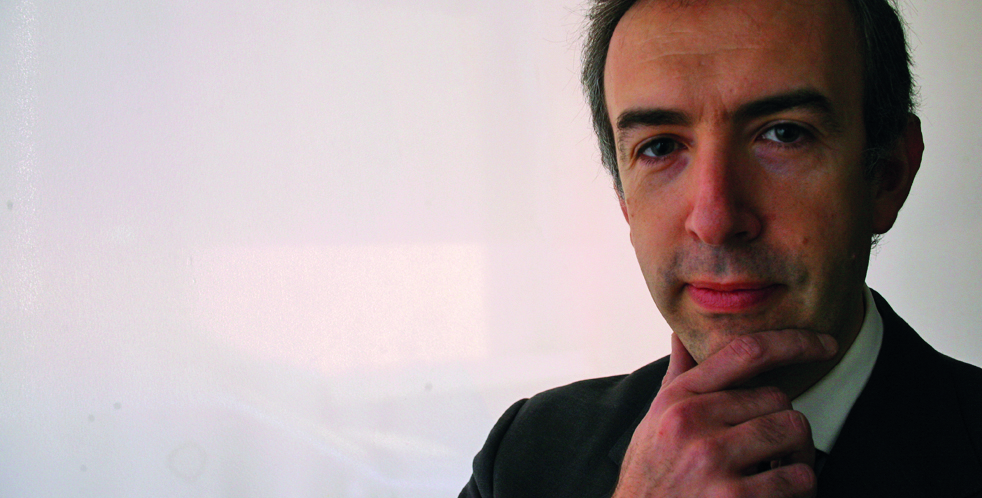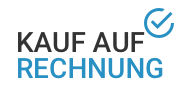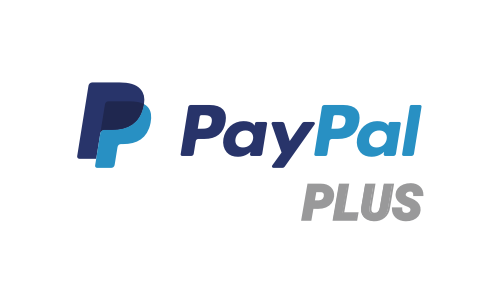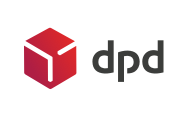Interview with an expert
Senior Coach Gian Carlo Manzoni talks about co-developing MeBoard and SolutionBoard
MeBoard
METALOG©: What inspired you when METALOG® showed you the first rough concept of the MeBoard during the early development phase?
Gian Carlo Manzoni: Well, when METALOG® showed me the first prototype of the MeBoard, I was immediately inspired to think of a our-section model or tool, as well as a wide range of key management models (SWOT, PDCA, quick response manufacturing, strategic alignment model, etc) and assessment methods (MBTI, DISC, Ex-tended DISC, Insights Discovery, etc).
Why do you use MeBoard in your coaching sessions?
MeBoard provides me with a useful navigation platform, a powerful compass to navigate through the coachee’s journey. It can be a litmus test, a powerful way of providing moments of gratitude and thanks-giving as well as insights with regard to the shared goals.
Which topics and clients can you typically use the MeBoard with?
For example, I used MeBoard with Unilever to explore a life coaching session, focusing on the themes that needed to be addressed and the steps that needed to be taken to help the client support a relative after this person had spent some time in hospital.With Bureau Veritas I used MeBoard as a ‘journey navigator’ in a For example, I used MeBoard with Unilever to explore a life coaching session, focusing on the themes that needed to be addressed and the steps that needed to be taken to help the client support a relative after this person had spent some time in hospital.With Bureau Veritas I used MeBoard as a ‘journey navigator’ in a
What do you do to make the client truly remember your session?
MeBoard is a visual mirror of your current personal and professional life. The connections you can make through the photos, and the meanings and statements you can write below the photos and on the edges, allow you to zoom in and zoom out on what is happening and where you want to go. The client remembers the session as a great visual coaching and counselling experience, finding the ‘genius loci’, with the key insights at the centre of the MeBoard.
How do you use MeBoard in the context of group work?
MeBoard, with its photos, notes, and idea mapping can transform group productivity. It’s like a visual meeting tool, where all the emo-tion cards allow you to create visions, values, actions and results. It answers the question: “What’s the point?” MeBoard is really a driver of change. It’s the big mandala that shows unity.
Senior Coach Gian Carlo Manzoni talks about co-developing MeBoard and SolutionBoard
SolutionBoard
When you compare the coaching tool MeBoard with the SolutionBoard, how are the two coaching tools different in ‘character’?
MeBoard is the emotional side of the SolutionBoard. I would say MeBoard can be both the lead-in (the entry level point) for the Solu-tionBoard during the brainstorming phase as well as being ideal for the final phase once you have worked through the SolutionBoard, that is, for reflecting on learning outcomes.
Which topics and clients can you typically use the SolutionBoard with?
I used SolutionBoard with Ferrari to explore and visualise team management with different objectives on different timelines, focusing on the psychological effort of maintaining an appropriate level of empathy and motivation among the team members.With a group of safety consultants I used SolutionBoard in a variety of ways: to visualise the same safety situation from different perspec-tives; as a large group reflection template and map; getting people to work out new preventive action; engaging groups; focusing on the motto: “Safety is our vision and it’s our responsibility”.The SolutionBoard is a great tool for empowering people. It’s a tangible model of your life that allows you to think around corners and to literally grasp that problems are not really problems. You can storyboard what’s happening, visualising time, space and stakeholders – that’s how innovators and designers work. eigenen Geschichte.
What tips can you give the readers to help them optimise their work with the SolutionBoard?
Mir gefällt Arthur Youngs Beschreibung von der Selbstorganisation I like Arthur Young’s description of how natural systems organise themselves. He used a framework of seven stages that moves from freedom to constraint and back to freedom again. Metaphorically and tangibly speaking, I would suggest seven steps with the Solu-tionBoard – seven moments of visualisation – giving clients freedom of movement within the Board, but making them aware of potential constraints. Post-it notes can be used to map some specific areas and zones of the SolutionBoard, and can be used to map the wooden figures. The 4W1H tool (who, where, when, what, how) offers a great set of questions to support visualisation. We have to direct the client towards a solution-finding process, finding the system drivers. So, you can suggest drawing something before starting (on the problem) and something at the end (on the solution, such as a useful storyboard).
Gian Carlo Manzoni has been working as a coach and consultant for over 15 years. His main clients are major international corporations in the automo-tive and food industries who particularly appreciate his intuitive coaching style. He considers himself a ‘continuous learner’, regularly enhancing his skills through countless additional qualifications. He lives with his wife and two children in Milan.







